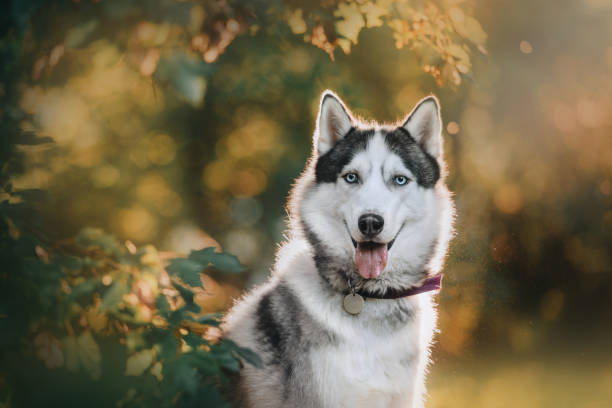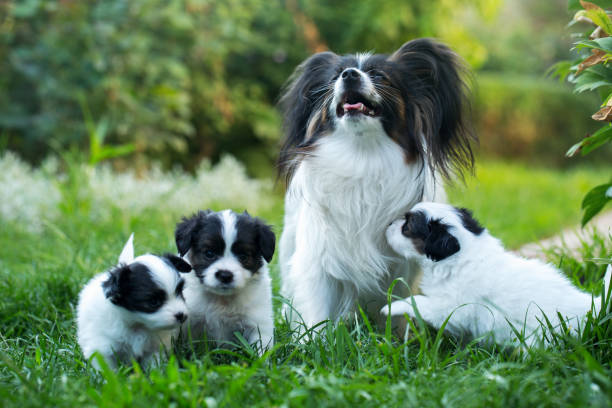With a variety of shapes and sizes, dogs are all bonded by a shared trait – their fur. Could be a Westie, a poodle or a chow, there exists a perfect dog for everyone and their unique living situations. Let’s explore the lesser-known group of short-haired dogs and discover more about their features!
Did you know that these furry friends actually have longer fur than long-haired breeds? That means less tangling and matting while they play outside with your active family! Short hair also means hypoallergenic – meaning no aggravating allergies like some other breeds can cause. Find out more!
They Have Fewer Allergens
Dogs are among the most popular pets in North America due to their lovable personalities and ability to be “trained”. However, allergies to dogs are a common problem. Luckily, pet owners only need to worry about dog allergies if their dog has long fur – short-haired dogs have fewer allergens, which means less sneezing and wheezing for those who suffer from allergies.
They can Play in Hotter Climates
In general, short-haired dogs have a higher body temperature than long-haired breeds, making them great for playing in the hot summer months! If you live somewhere where it’s warm most of the year, a short-haired dog is an awesome addition to your family.


They Have Fewer Health Problems
Dogs with long hair – especially non-shedding dogs – can have more health problems than those with shorter fur. These health problems come from the build-up of dirt and debris easy to swallow or get in the eyes. This can cause infections and other issues for pets with long hair.
They Don’t Need Constant Grooming
Short-haired dogs hardly require any grooming at all! Weekly brushing is normally enough to keep their fur looking good, making short-haired breeds ideal for families just starting with pets.


They’re More Athletic
Having shorter fur means that short-haired breeds can be more active with your family – think of them as all-around better doggos!
They’re Less Likely to Cause Allergies
Hypoallergenic dogs are the best option for those who suffer from allergies and want an awesome pet to add to their family. Short-haired dogs are hypoallergenic, meaning they won’t aggravate allergies as some other breeds do.


They can be More Cuddly
Short-haired dogs have thicker fur than long-haired breeds, which means they can be more cuddly companions for your family!
Who would be an ideal owner for a short-haired dog?
Active families with no allergies are generally the best owners for these dogs because they require very little grooming.
How do short-haired dogs differ from long-haired dogs?
Long-haired dogs require more grooming sessions but are generally less likely to mat, which is why they’re often seen with owners who have less time on their hands. Short-haired dogs are also hypoallergenic.


Are these dogs better for families with children?
Yes, particularly because they are brilliant and eager to please. They are easy to train, making them an excellent choice for first-time dog owners.
What kind of diet do short-haired dogs have?
They generally eat the same amount of food as any other dog, so don’t spend too much time worrying about their diet.
How are these dogs with children?
Short-haired dogs are brilliant and love to be around people, so they great with children.


Are these dogs good with other pets?
Again, they love being around people so most short-haired dogs will get along fine with other pets.
How energetic are these dogs?
Short-haired dog breeds tend to have a medium level of energy. They’re more active than a chihuahua but less active than a border collie.
How long do they live for, and what is their average weight at maturity?
The average life span is anywhere from 15- 18 YO. They usually range between 20 and 25 pounds at maturity.
Do these dogs bark often? Should any sounds be regarded as “danger”, or should they all be treated equally?
Some breeds of short-haired dogs will bark more than others, while some won’t bark much at all. It’s best to treat any sound that comes from the dog as a warning and take extra precautions until you’re sure it’s safe.


How long does training usually take? Any tips for new owners who will be training their dogs?
Some breeds of short-haired dogs can take anywhere from a few weeks to a few months to fully train, while others can take a year or more. It all depends on the dog. It’s recommended to reward your dog with treats every time they do something you want them to do. Eventually, they’ll be able to associate being rewarded with good behaviour.
How long should the owner expect it to take before they’re fully housebroken?
It can take a few weeks to over a year for the dog to be fully housebroken. Make sure to use puppy pads and set plenty of reminders throughout the day, so they get used to going outside.
Conclusion
Short-haired dogs are hypoallergenic, intelligent, and easy to train. They’re also less active than many other breeds, so they’ll be perfect for an older family with young children or a couple who wants to get together with their dog more often while still having some downtime!
When you purchase your short-haired pup from the right breeder (i.e., one that specializes in that specific breed), you’re ensuring that not only will it be well-trained, but it’s also healthy without any allergies like long hair dogs may have. The best part is these pups can live anywhere between 15- 18 years old on average, which means if you find the right breeder, this could become your newest member of the family.


